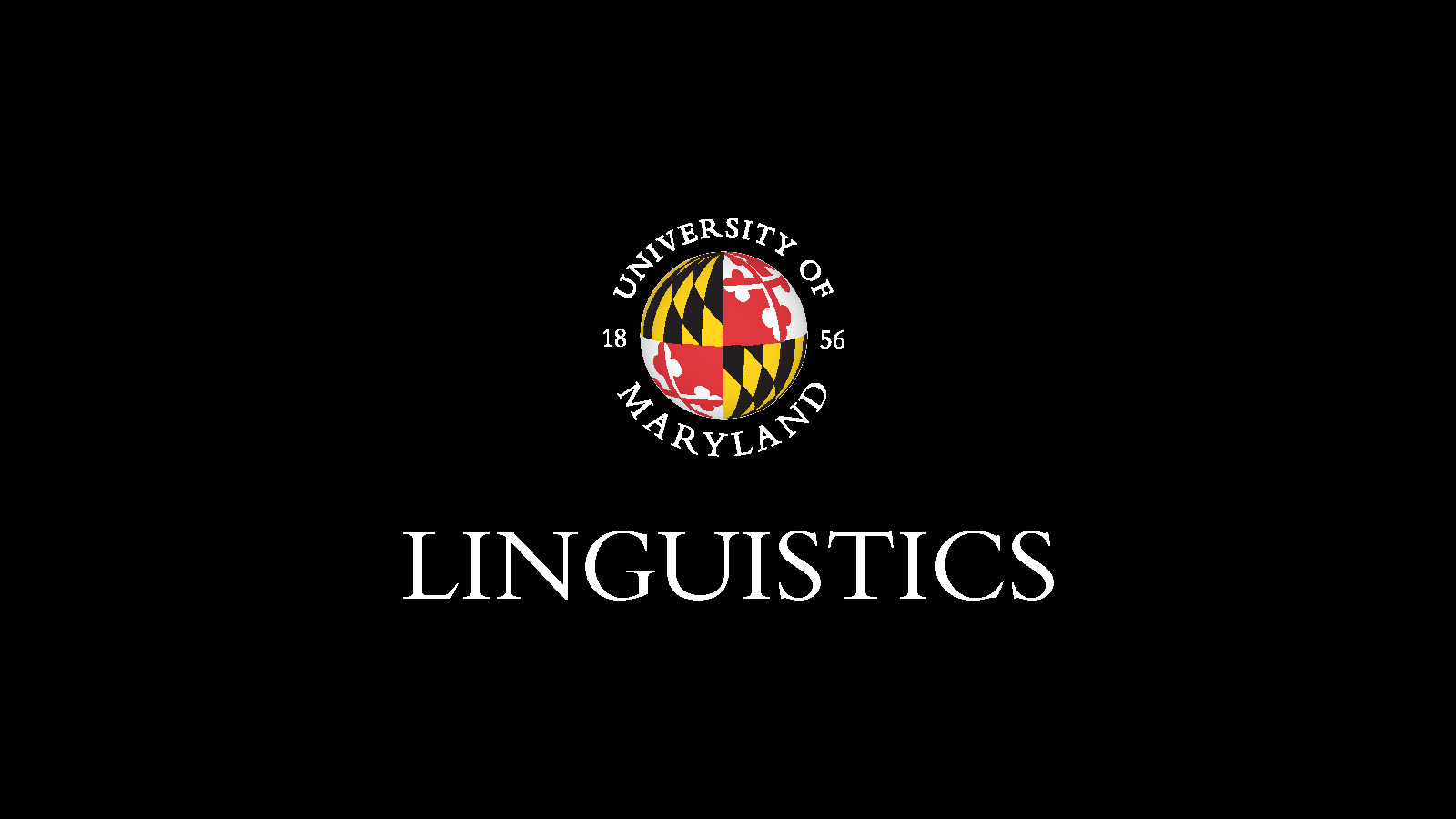Phoebe, plus Ellen and Chia-Hsuan, in Language, Cognition & Neuroscience
November 16, 2017

Two new articles, one from Ellen Lau and Chia-Hsuan Liao, the other from Phoebe Gaston with NYU's Alec Marantz, in Language, Cognition & Neuroscience.
Two new articles, one from Ellen Lau and Chia-Hsuan Liao, the other from Phoebe Gaston with NYU's Alec Marantz, in Language, Cognition & Neuroscience: * 'Linguistic structure across time: ERP responses to coordinated and uncoordinated noun phrases,' Ellen Lau & Chia-Hsuan LiaoRelatively little is known about how linguistic structure is neurally encoded. The current study examines a relatively subtle manipulation of syntactic and semantic structure: the difference between reading a list of two noun phrases (“sunlit ponds ### green umbrellas”) and their syntactic coordination (“sunlit ponds and green umbrellas”). In two ERP experiments, the presence of the coordinator resulted in an increased anterior negativity across the entire second noun phrase, even though coordination had no direct relevance for the memory recognition task. These findings demonstrate that structural connectedness exerts strong, ongoing differences in neural activity even when structured and unstructured materials are very tightly matched in sequence and content. These differences may reflect ongoing maintenance of structure in memory, or computation of the more complex semantic or discourse representation associated with syntactic coordination. * 'The time course of contextual cohort effects in auditory processing of category-ambiguous words: MEG evidence for a single “clash” as noun or verb,' Phoebe Gaston & Alec Marantz
The size and probability distribution of a word-form’s cohort of lexical competitors influence auditory processing and can be constrained by syntactic category information. This experiment employs noun/verb homonyms (e.g. “ache”) presented in syntactic context to clarify the mechanisms and representations involved in context-based cohort restriction. Implications for theories positing single versus multiple word-forms in cases of category ambiguity also arise. Using correlations between neural activity in auditory cortex, measured by magnetoencephalography (MEG), and standard and context-dependent cohort entropy and phoneme surprisal variables, we consider the possibility of cohort restriction on the basis of form or on the basis of category usage. Crucially, the form-conditional measure is consistent only with a single word-form view of category ambiguity. Our results show that noun/verb homonyms are derived from single category-neutral word-forms and that the cohort is restricted incrementally in context, by form and then by usage.

